Have you ever stepped outside during a relentless summer, felt the heat press in, and wondered where all the water has gone? Droughts are not just a matter of dry lawns and empty rivers—they’re silent disasters, slowly reshaping our world. Beneath our feet, hidden from plain sight, groundwater reservoirs are shrinking at an alarming rate. This isn’t just about statistics; it’s about lives changing, ecosystems faltering, and a planet under stress. Today, let’s dive into the remarkable—and sometimes sobering—science that connects droughts to the invisible loss of our most precious resource: groundwater.
What Exactly Is a Drought?
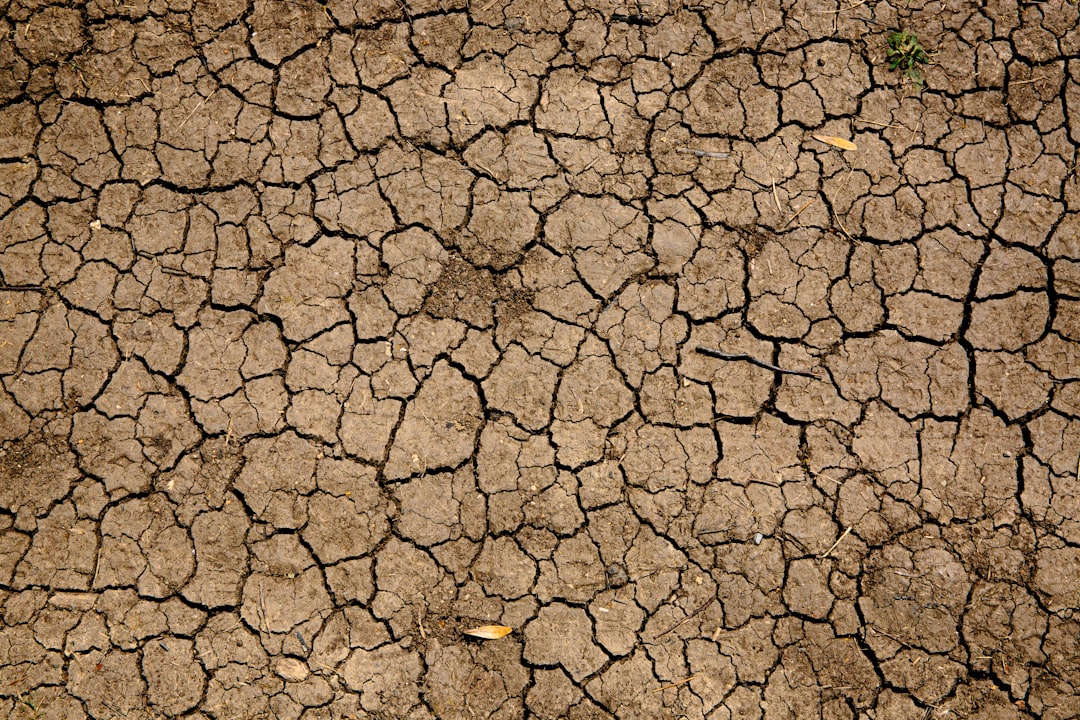
A drought isn’t just a spell of hot, dry weather; it’s a prolonged period where rainfall is so scarce that it disrupts communities, agriculture, and ecosystems. Scientists define droughts by measuring rainfall deficits over weeks, months, or even years. The lack of water builds up slowly, sometimes so subtly that people don’t realize a drought is happening until rivers shrink and crops wither. There are different types of droughts, including meteorological (lack of rain), agricultural (dry soil), and hydrological (low water in rivers and aquifers). Each type has its own causes and consequences, but what unites them is the stress they put on water supplies. Ultimately, droughts are natural, but their frequency and severity are changing as our climate warms. The impact reaches far beyond what meets the eye.
Understanding Groundwater: The Hidden Reservoir
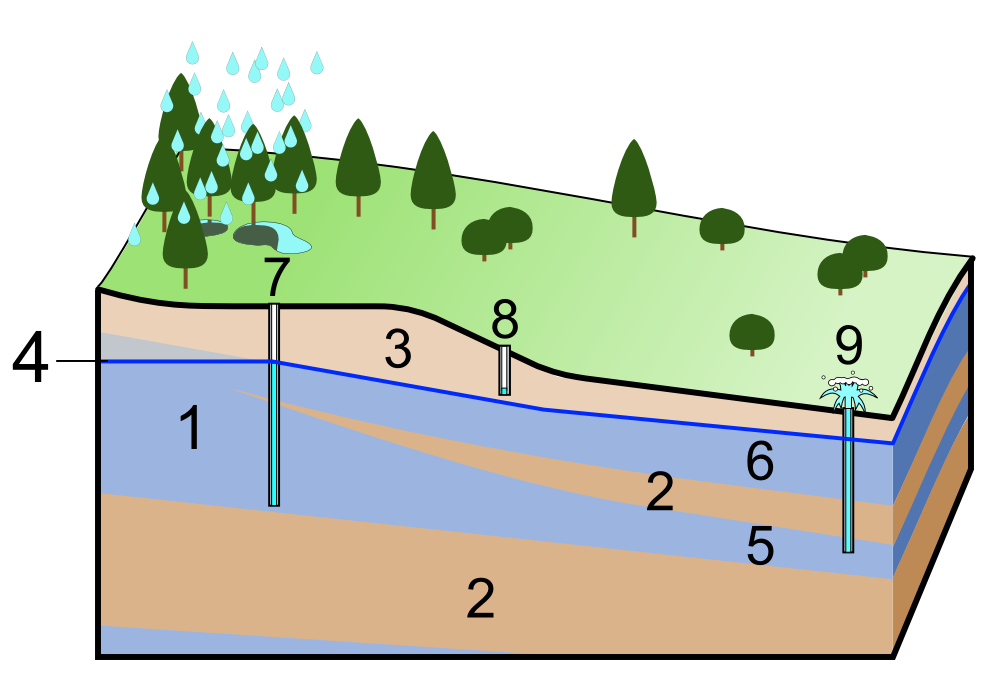
Groundwater sounds mysterious, but it’s simply the water stored beneath the earth’s surface in spaces between rocks and soil. Imagine a giant underground sponge that slowly soaks up rainwater over years. This reservoir is vital, supplying nearly half of the world’s drinking water and a staggering 40% of the water used for irrigation. Unlike rivers and lakes, groundwater isn’t visible; you know it’s there only when wells run dry or springs stop flowing. It refills slowly, sometimes over centuries, making it a crucial buffer during dry times. Because it’s out of sight, many people are unaware of how much we rely on it—and how quickly it can vanish when overused. The story of groundwater is one of patience, balance, and, increasingly, peril.
How the Water Cycle Connects Droughts and Groundwater
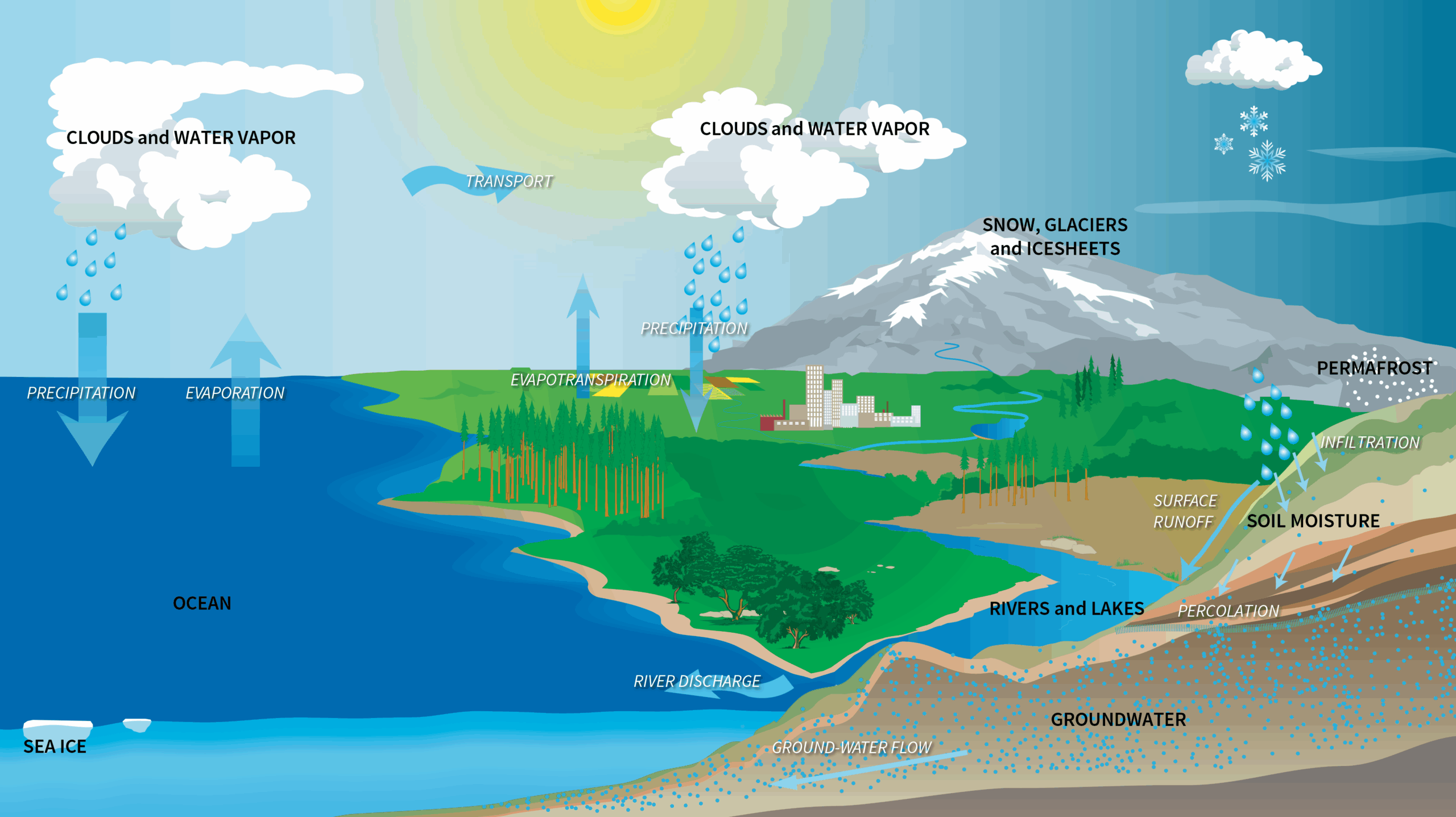
The water cycle is nature’s endless recycling system: rain falls, water soaks into the ground, rivers flow, and clouds form again. Groundwater plays a starring role in this cycle, quietly recharging as rain seeps into the earth. During droughts, this gentle replenishment slows or halts. Without rain, less water reaches underground aquifers, while humans keep pumping water out for drinking, farming, and industry. The balance tips, and groundwater levels start to drop. In severe droughts, the cycle gets stuck—less water enters the system, and more gets pulled out. The result? Wells run dry, riverbeds crack, and the land itself can sink. It’s a delicate dance, and when the rhythm is broken, the consequences can ripple for decades.
The Main Causes of Drought
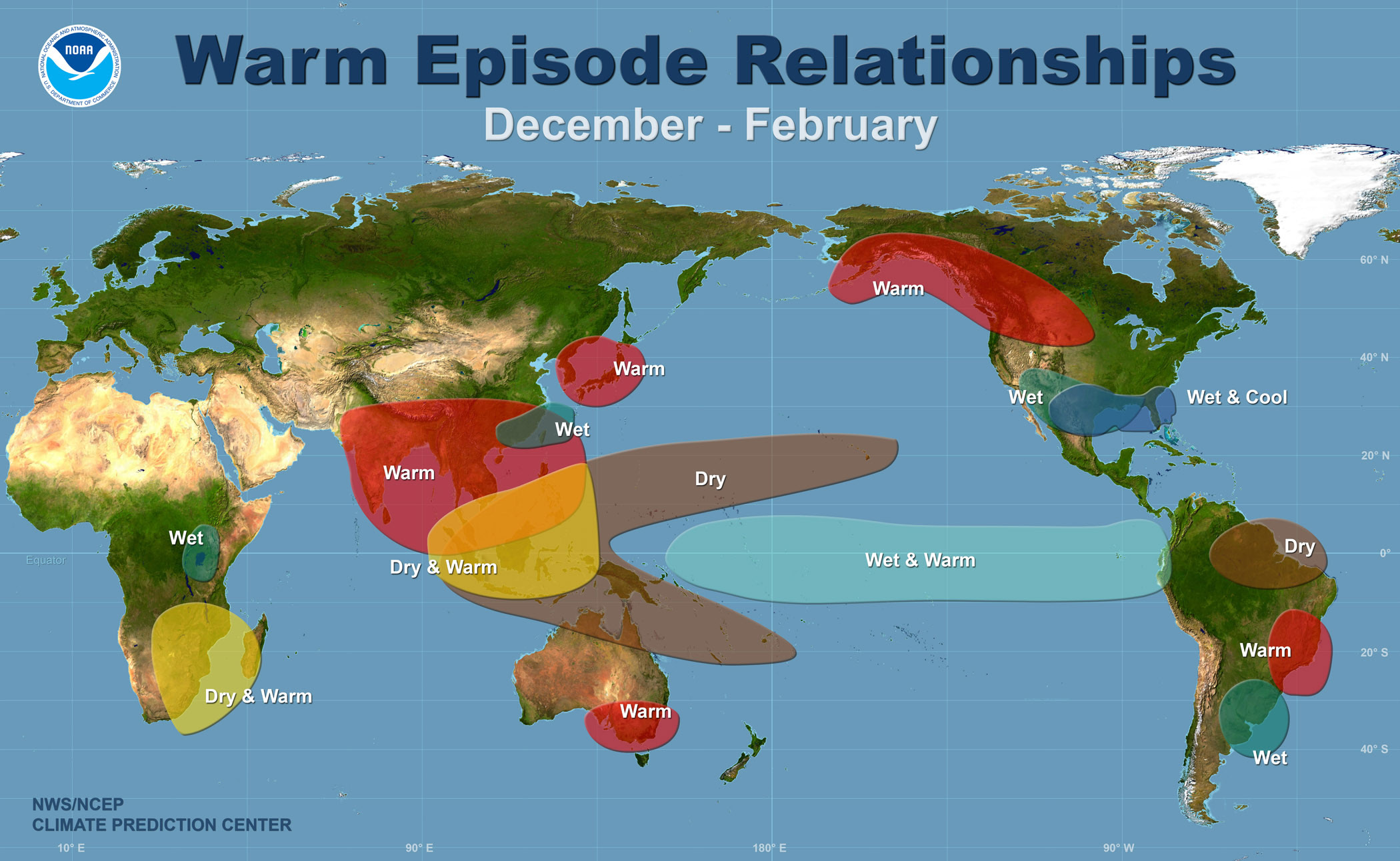
Droughts can be triggered by a cocktail of natural and human-made factors. Changes in atmospheric patterns, like El Niño and La Niña, can shift rainfall away from certain regions, leaving them parched for months. High-pressure systems can block clouds from releasing their rain, turning a green landscape brown in weeks. But it’s not just the weather—deforestation, overgrazing, and climate change are all amplifying drought risk. Warmer air holds more moisture, stealing it from the ground and plants. Urban sprawl covers up soil that once soaked up rain, reducing groundwater recharge. It’s a perfect storm of conditions, with humans increasingly in the driver’s seat.
Climate Change and Its Role in Drought Frequency
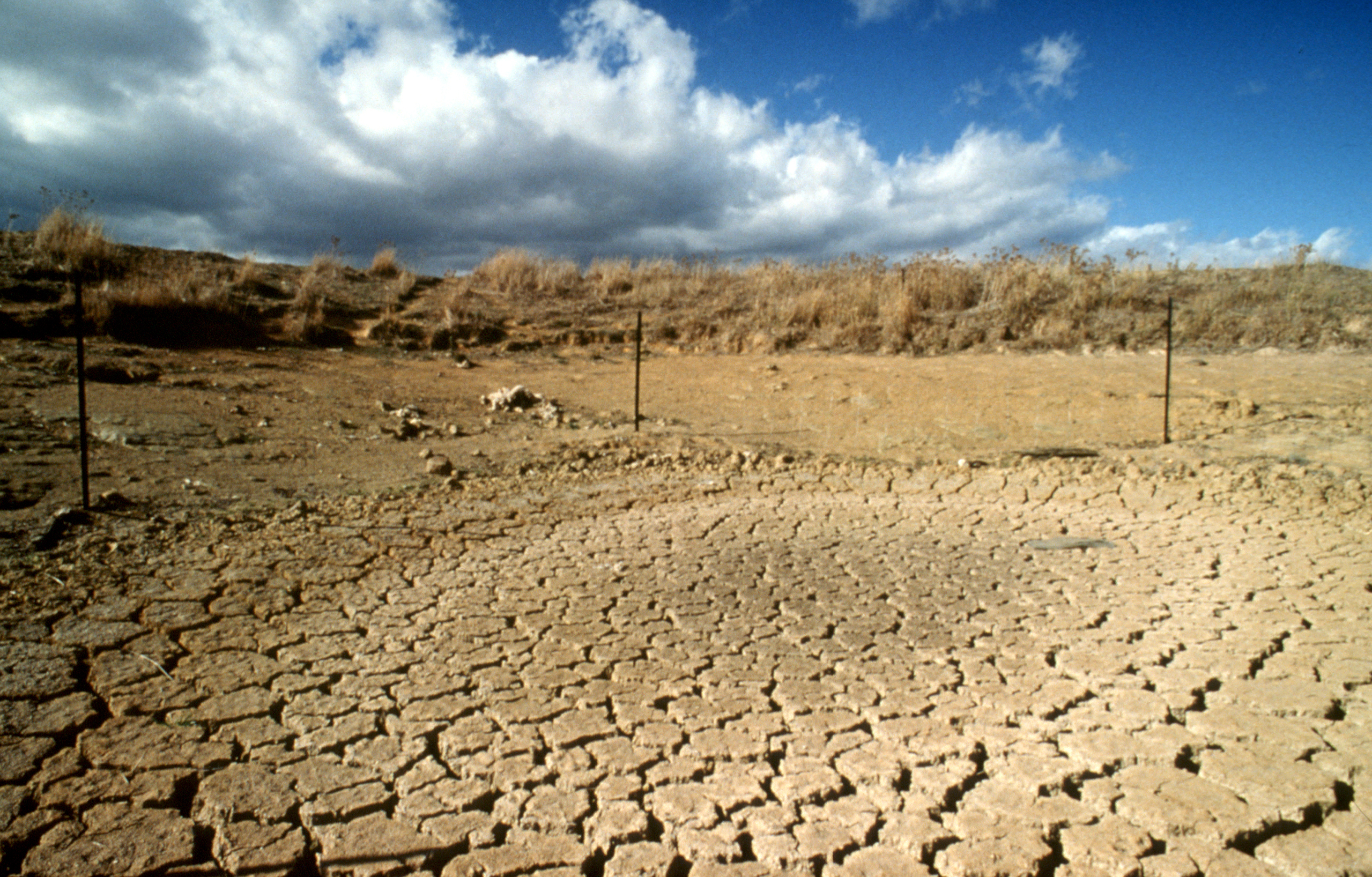
Over the past few decades, scientists have sounded the alarm about climate change making droughts more common and severe. Warmer temperatures increase evaporation, drying out soils and speeding up the loss of surface water. Heatwaves become more intense, sap rivers and lakes, and put extra strain on groundwater. According to recent climate models, some regions—like the American Southwest, Mediterranean, and parts of Australia—are now experiencing “megadroughts” that last for years, even decades. These changes are not just predictions; they’re happening right now. As the planet heats up, the dice are loaded for more frequent and harsher droughts, putting even more pressure on groundwater reserves.
Groundwater Depletion: A Global Crisis
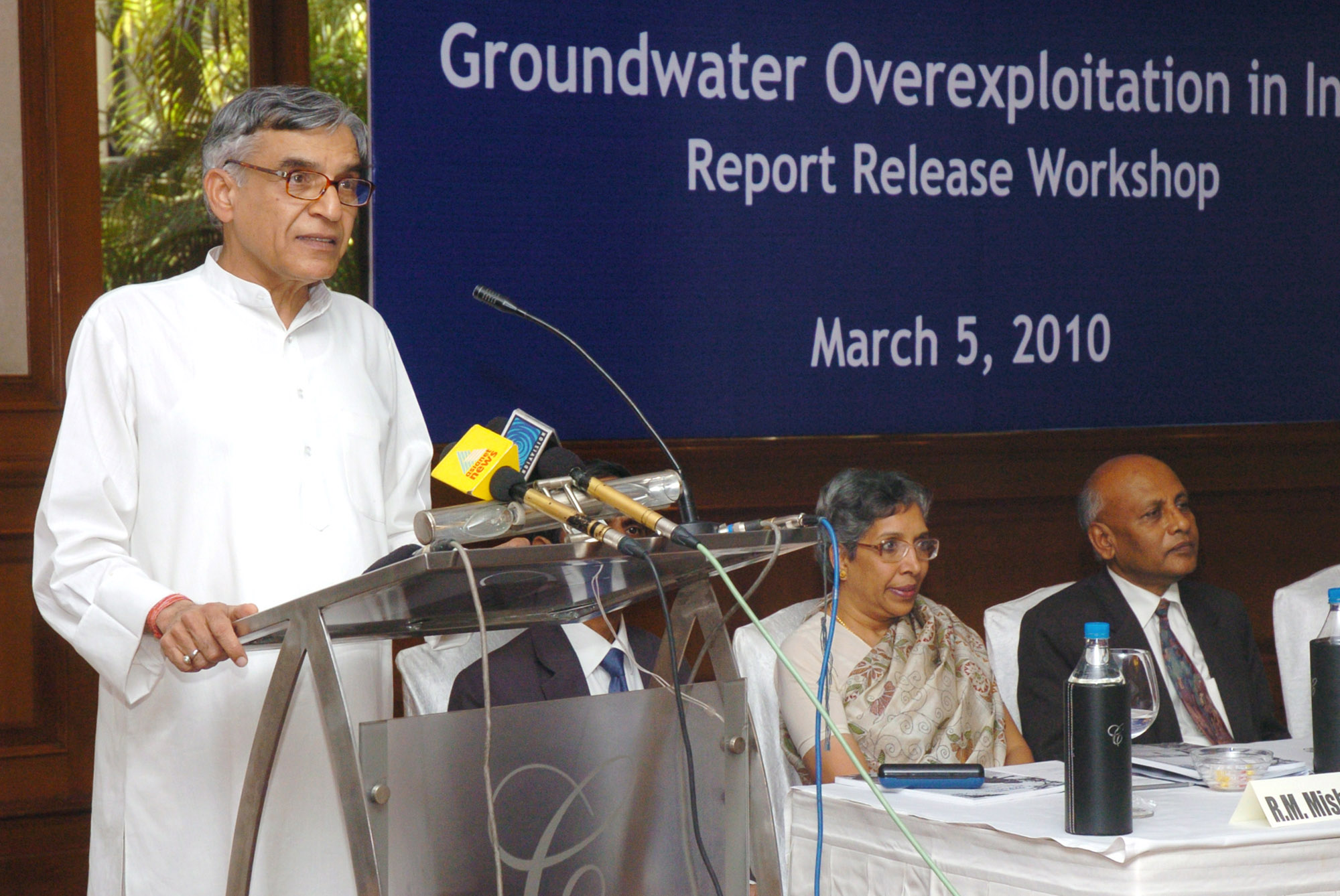
It might sound shocking, but groundwater is disappearing faster than ever. NASA satellites have tracked groundwater loss across the globe, revealing hotspots in places like California’s Central Valley, northern India, and parts of China. In these regions, water is pumped out much faster than it can be replaced by rainfall. Between 2003 and 2013, for example, the Central Valley lost enough groundwater to fill Lake Mead, America’s largest reservoir. This isn’t just about numbers; it means wells running dry, farmers struggling to irrigate crops, and entire communities at risk. The silent nature of groundwater loss makes it easy to ignore—until the taps stop flowing.
How Droughts Accelerate Groundwater Loss
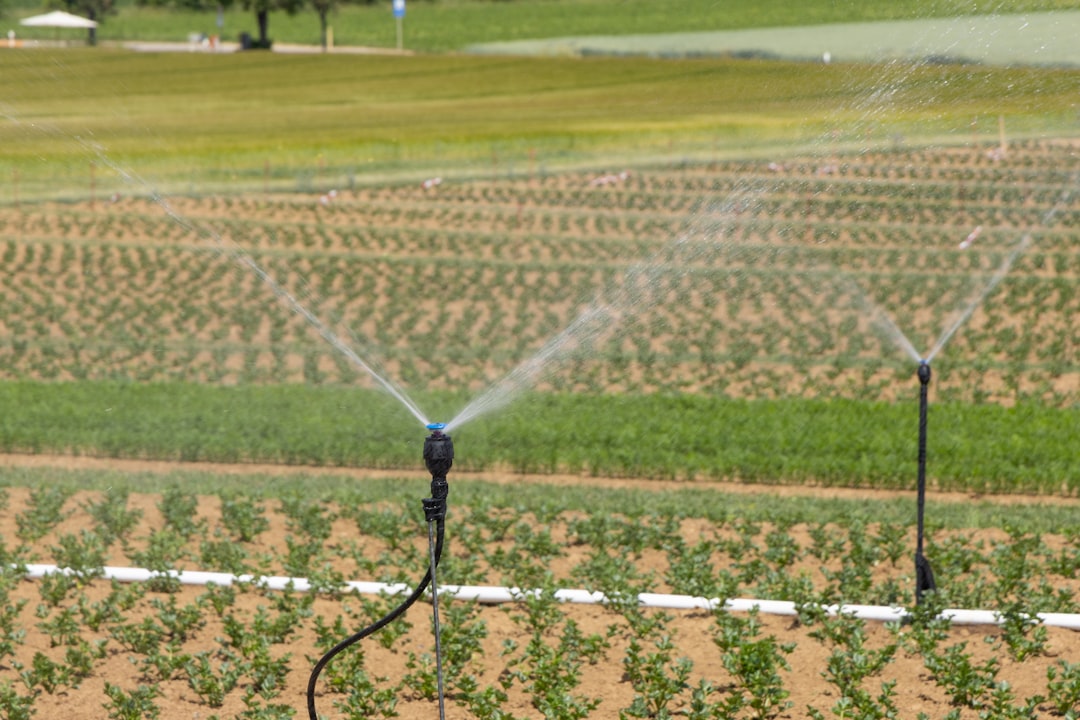
When rain stops falling, rivers run low, and people turn to the only source left: groundwater. During droughts, pumping rates skyrocket as cities, farms, and industries scramble to make up for lost surface water. But aquifers can’t keep up. The more we pump, the faster they drop, sometimes permanently. In places like Arizona, wells have to go deeper every year—sometimes by hundreds of feet—to reach water. It’s like draining a bank account during hard times, but without the savings ever coming back. The link between drought and groundwater loss is straightforward and deeply worrying: the drier it gets, the more we take, and the less we have left for the future.
Impact on Agriculture and Food Security
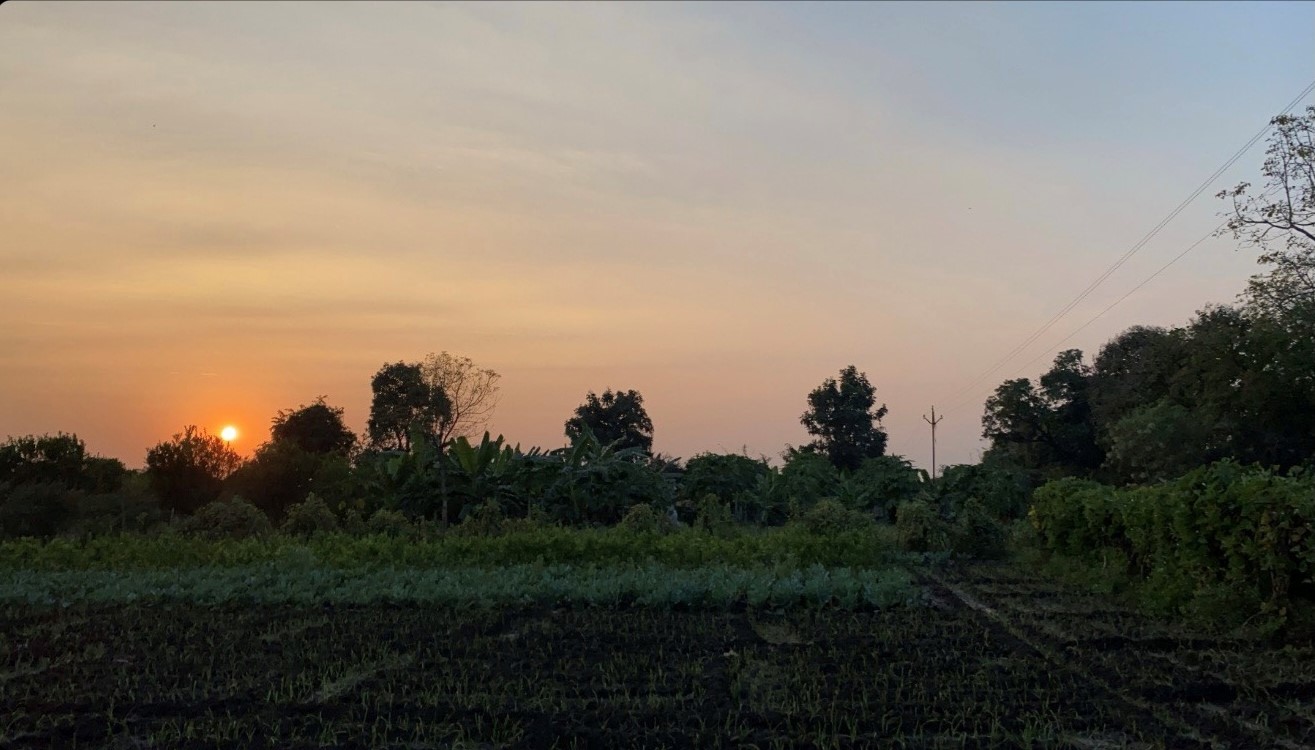
Farmers are on the front lines of drought and groundwater loss. Crops need water at the right time, and when rain fails, irrigation becomes a lifeline. In regions like California, India, and Australia, farmers rely almost entirely on groundwater during dry spells. But as aquifers shrink, wells run dry, and irrigation systems sputter. The result? Lower crop yields, rising food prices, and, in some cases, total crop failure. In 2023, for example, parts of Spain’s olive orchards produced only half their usual harvest due to drought and groundwater shortages. When farmers can’t water their fields, the effects ripple through the food system, from the farm gate to your dinner table.
Environmental Consequences: Rivers, Lakes, and Wetlands
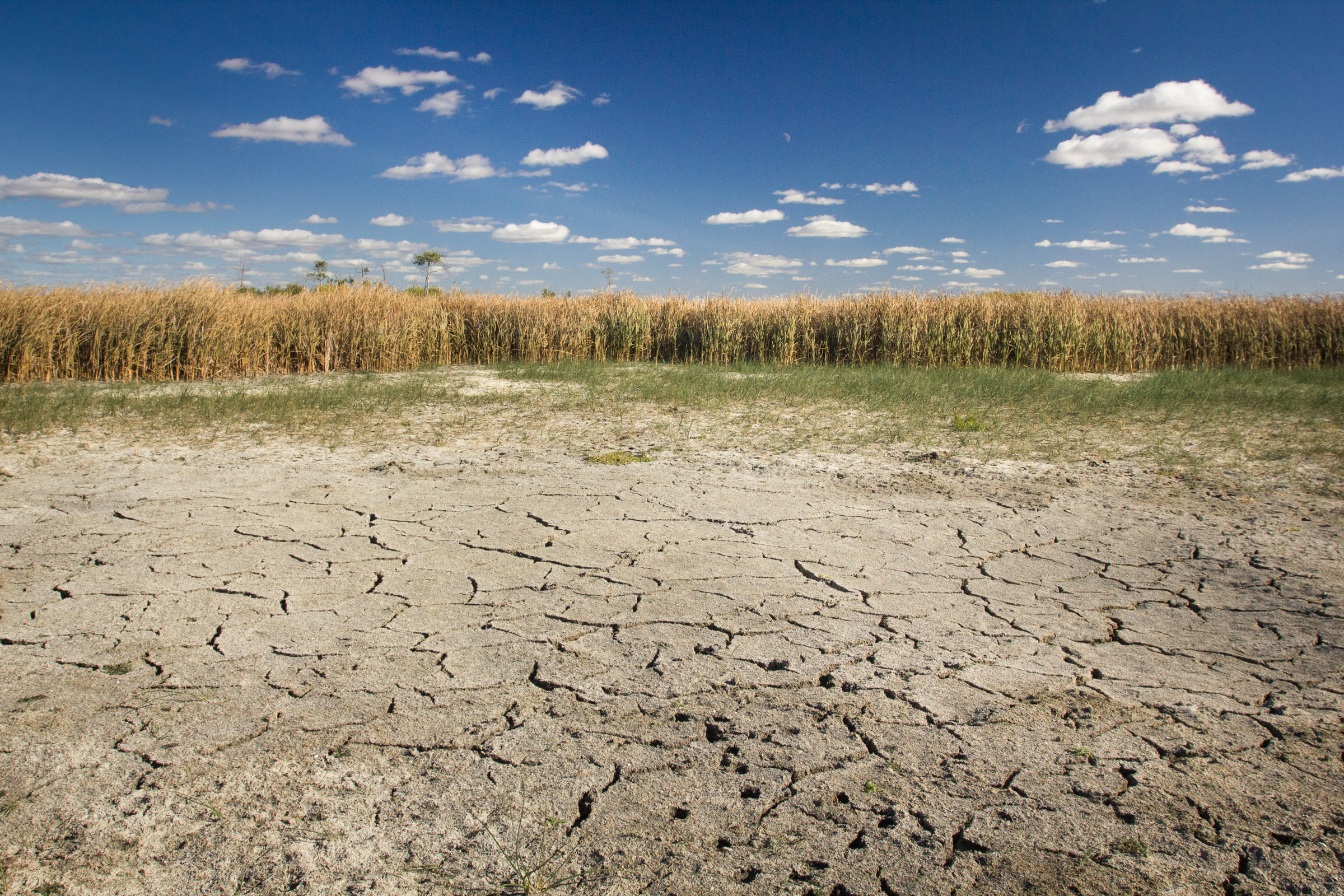
The loss of groundwater is not just a human story—it’s an ecological one. Groundwater feeds rivers, lakes, and wetlands, especially during dry seasons. When aquifers are depleted, entire ecosystems can collapse. Fish lose their habitats, birds stop nesting, and wetlands dry out, losing their ability to filter water and store carbon. In places like the Ogallala Aquifer in the U.S., streams that once flowed year-round have become seasonal, or vanished entirely. This isn’t just sad—it’s a warning sign that the planet’s lifelines are under threat. As groundwater disappears, so too does the invisible support system for countless species.
The Sinking Ground: Land Subsidence Explained
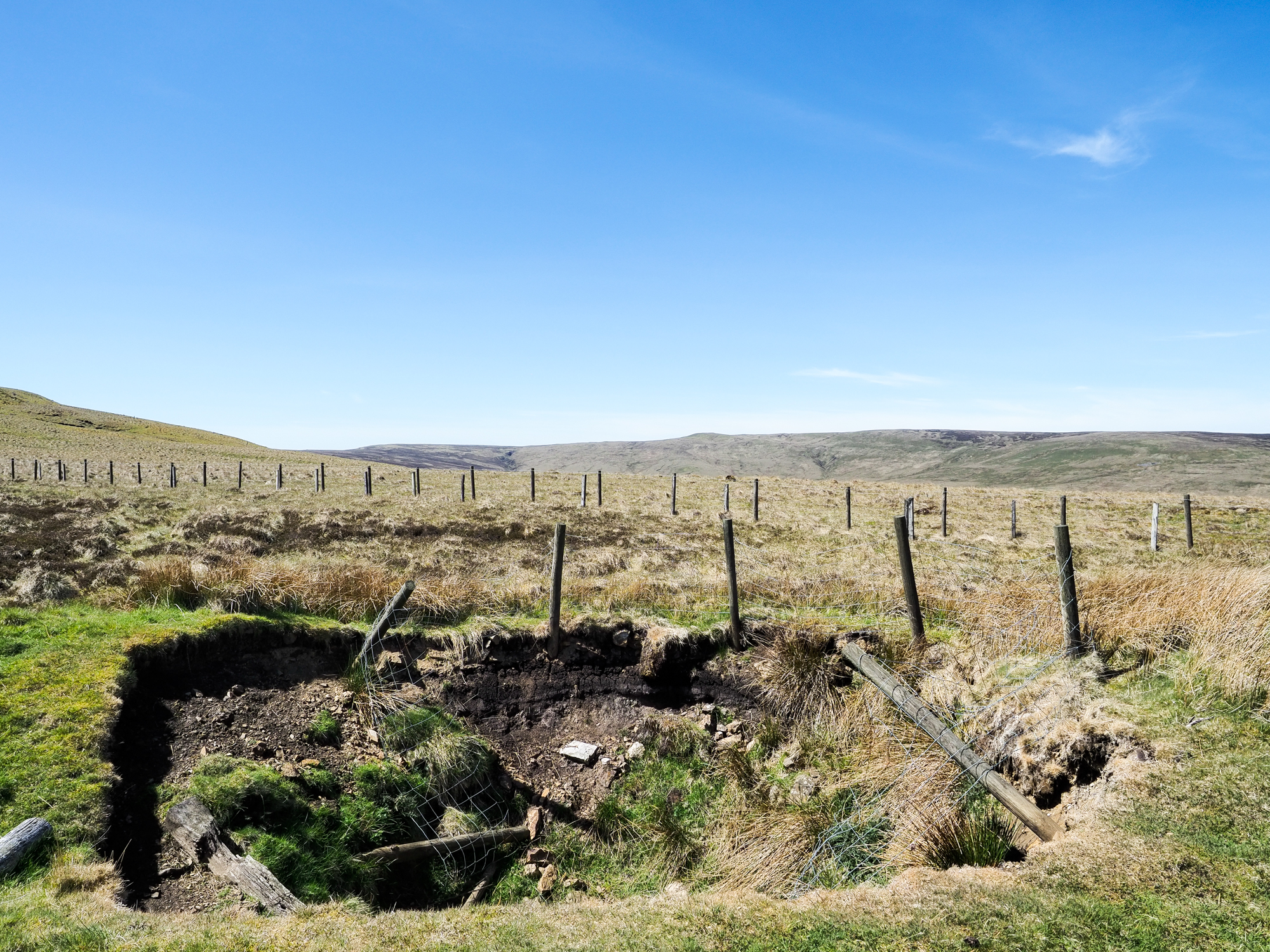
One of the most dramatic and little-known effects of groundwater loss is land subsidence—when the ground literally sinks. As we pump water out, the spaces between soil and rock collapse, causing the land above to drop. In parts of California’s San Joaquin Valley, the ground has sunk by more than 30 feet in the past century. This sinking damages roads, bridges, and buildings, and can permanently reduce the land’s ability to hold water. It’s a slow-motion disaster, often invisible until it’s too late. Land subsidence shows just how closely our fate is tied to what happens underground.
Saltwater Intrusion: When the Ocean Invades Underground

When groundwater levels drop near the coast, something unexpected happens: saltwater from the ocean can seep in and contaminate freshwater supplies. This process, called saltwater intrusion, is a growing problem in places like Florida, Bangladesh, and California. Wells that once delivered clean, fresh water now taste brackish and are unsafe to drink. Farmers can’t irrigate with salty water, and cities face expensive treatment costs. As droughts intensify and groundwater is used up, the risk of saltwater intrusion only grows. It’s a hidden consequence that can ruin water supplies for generations.
Urbanization and Its Impact on Groundwater Recharge
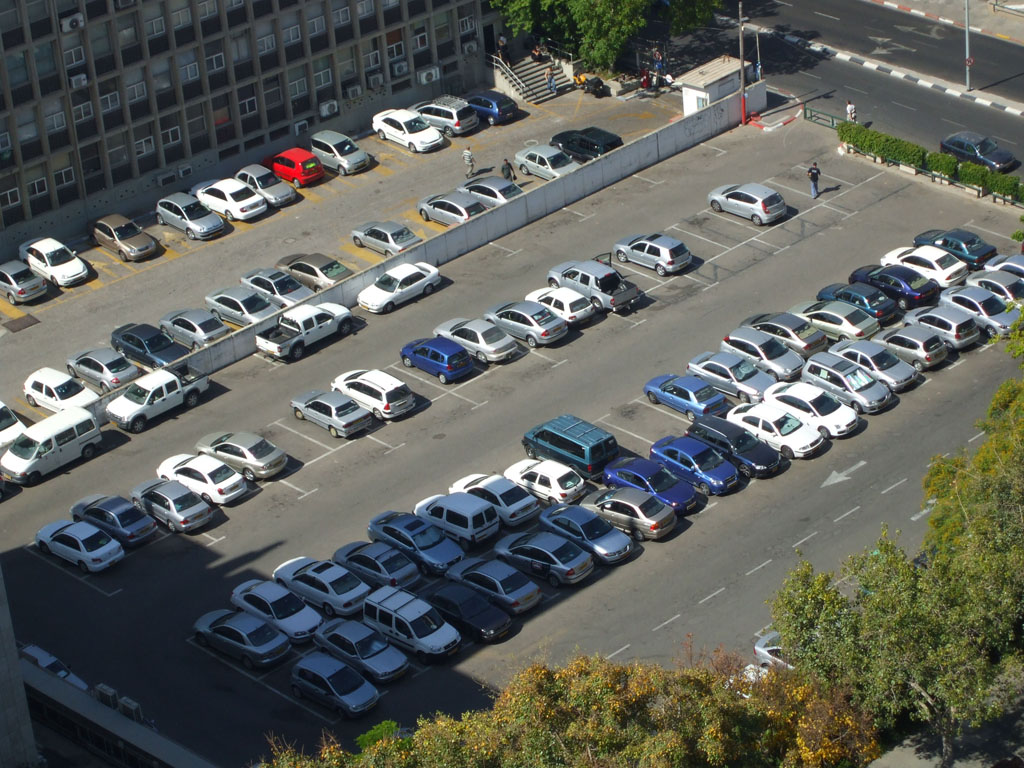
Cities are expanding at a breakneck pace, and with them, paved roads, parking lots, and rooftops now cover landscapes that once soaked up rain. This urban sprawl creates a barrier, preventing water from seeping into the ground and recharging aquifers. Instead, rainwater rushes into storm drains, carrying pollution and missing its chance to replenish groundwater. In fast-growing cities like Beijing, Los Angeles, and São Paulo, this loss of recharge is a major concern. The more we build, the less we bank for the future. Urbanization, in this way, quietly chips away at our groundwater security.
Technology and Monitoring: How We Track Groundwater Loss
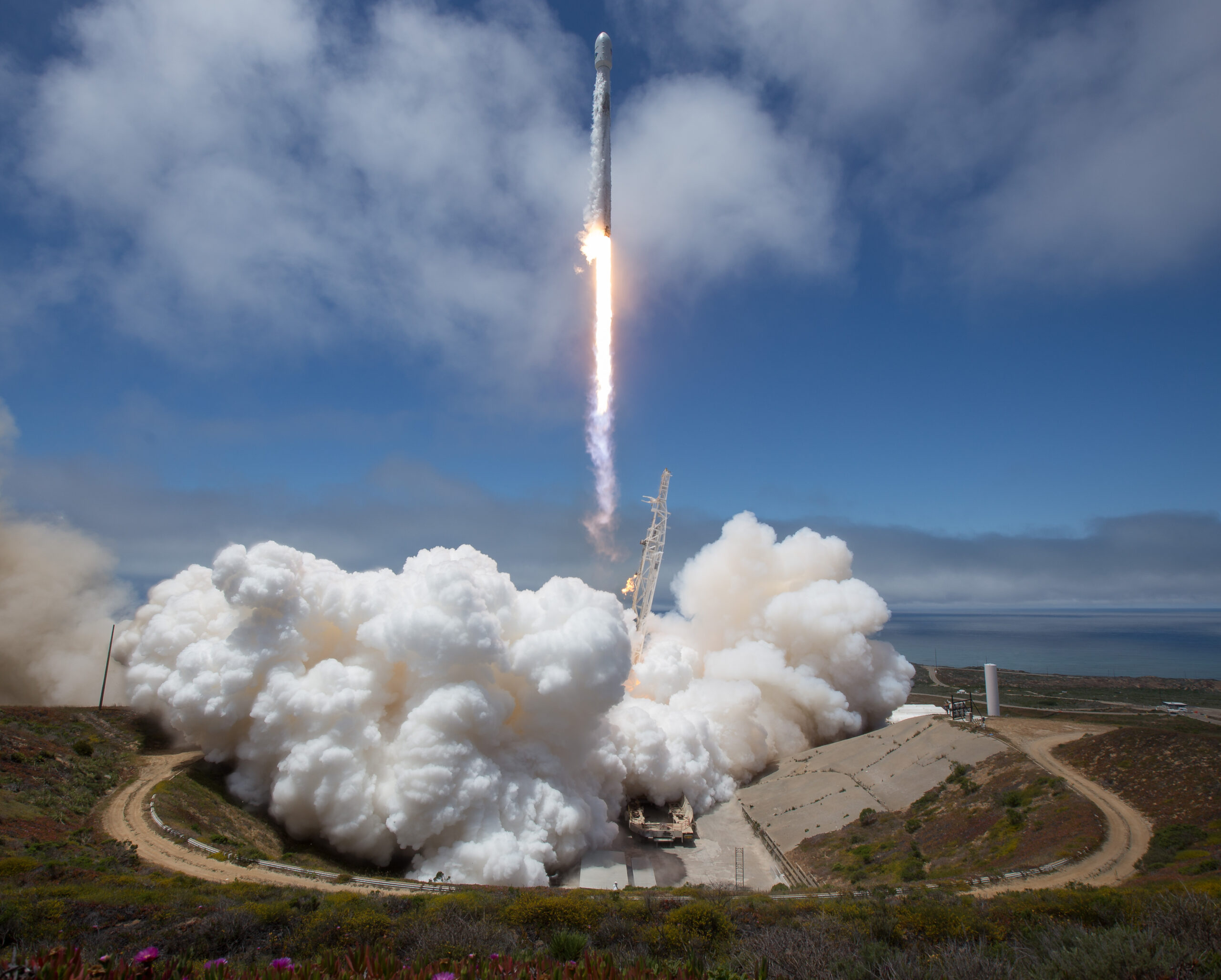
Modern science gives us an incredible window into the invisible world of groundwater. With satellite missions like NASA’s GRACE, scientists can measure tiny changes in the earth’s gravity caused by rising or falling water levels. New sensors and computer models help track exactly how much water is being pumped, how fast aquifers are shrinking, and where the biggest risks lie. This technology doesn’t just inform scientists—it helps communities plan, conserve, and adapt. In India, for example, satellite data has helped map out groundwater “hotspots” where urgent action is needed. The future of groundwater management relies on these high-tech tools.
Adaptation Strategies: Living with Less Water
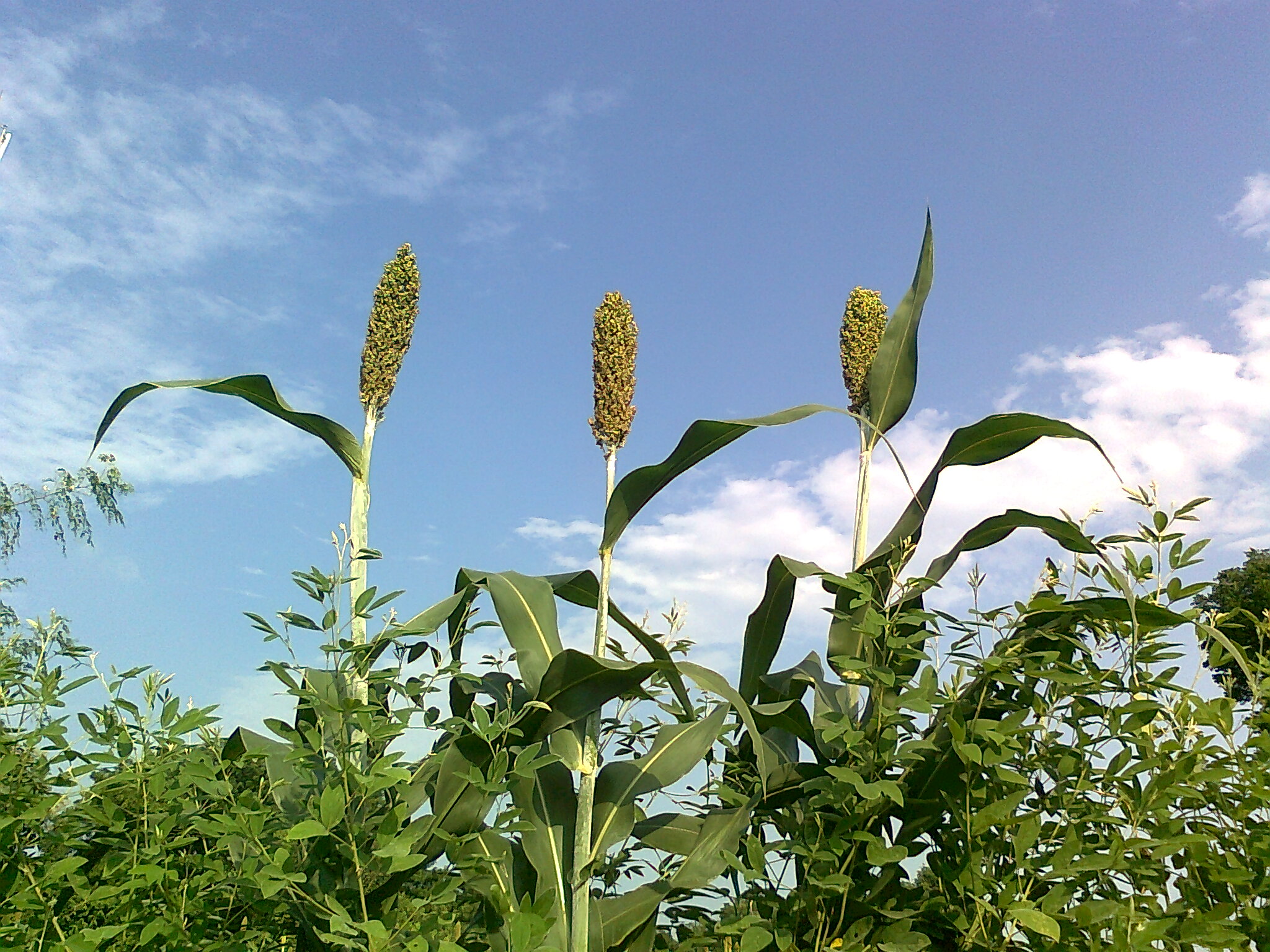
Communities facing frequent droughts and shrinking groundwater supplies are finding creative ways to adapt. Some shift to growing less water-intensive crops, like sorghum or chickpeas instead of rice or cotton. Others invest in drip irrigation and rainwater harvesting, making every drop count. In Australia, farmers have experimented with “dryland farming” techniques that rely on moisture in the soil rather than irrigation. Cities recycle wastewater and promote water-saving appliances. Adaptation is about resilience—finding ways to thrive even when the rain doesn’t fall.
Water Conservation: Every Drop Matters

Saving water sounds simple, but it’s one of the most powerful tools we have. Fixing leaks, using water-efficient fixtures, and cutting back on lawn watering can add up to billions of gallons saved each year. Some cities offer rebates for replacing old toilets or planting drought-tolerant gardens. In Israel, one of the world’s driest countries, water conservation is a way of life, with public campaigns and school programs teaching everyone to value every drop. It’s not just about sacrifice; it’s about making smart choices and protecting a resource that everyone depends on.
Policy and Regulation: The Role of Governments
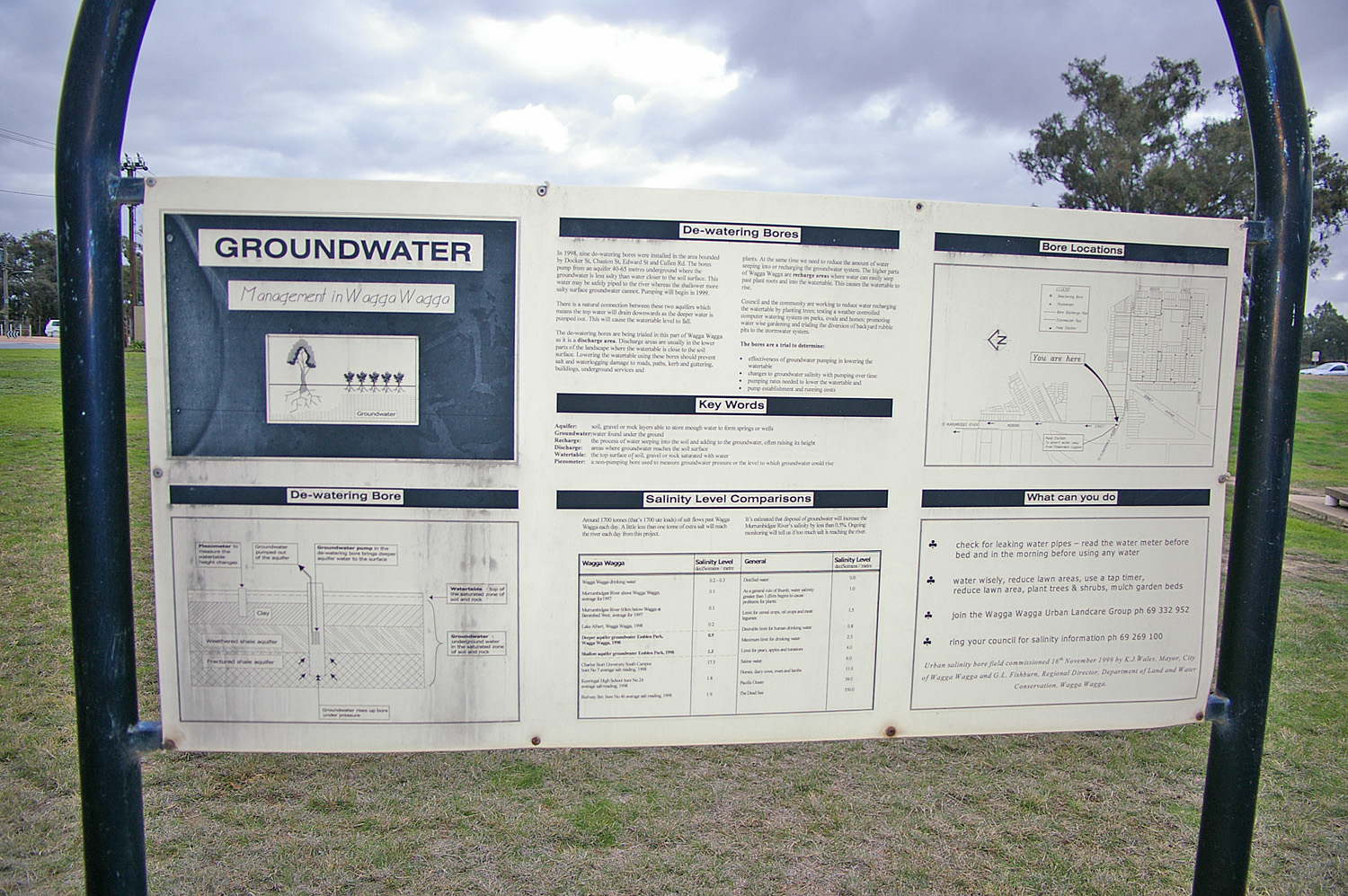
Managing groundwater and preventing drought disasters isn’t just a personal responsibility—it’s a job for governments, too. Strong policies can limit over-pumping, set sustainable withdrawal rates, and protect vulnerable aquifers. In some places, like California, new laws require farmers and cities to track and report groundwater use. Other regions create “water banks,” where unused water is stored underground for future droughts. Getting these policies right is tricky, balancing the needs of farmers, cities, and nature. But without strong rules, the tragedy of the commons—where everyone takes and nobody saves—becomes inevitable.
Desalination and Alternative Water Sources
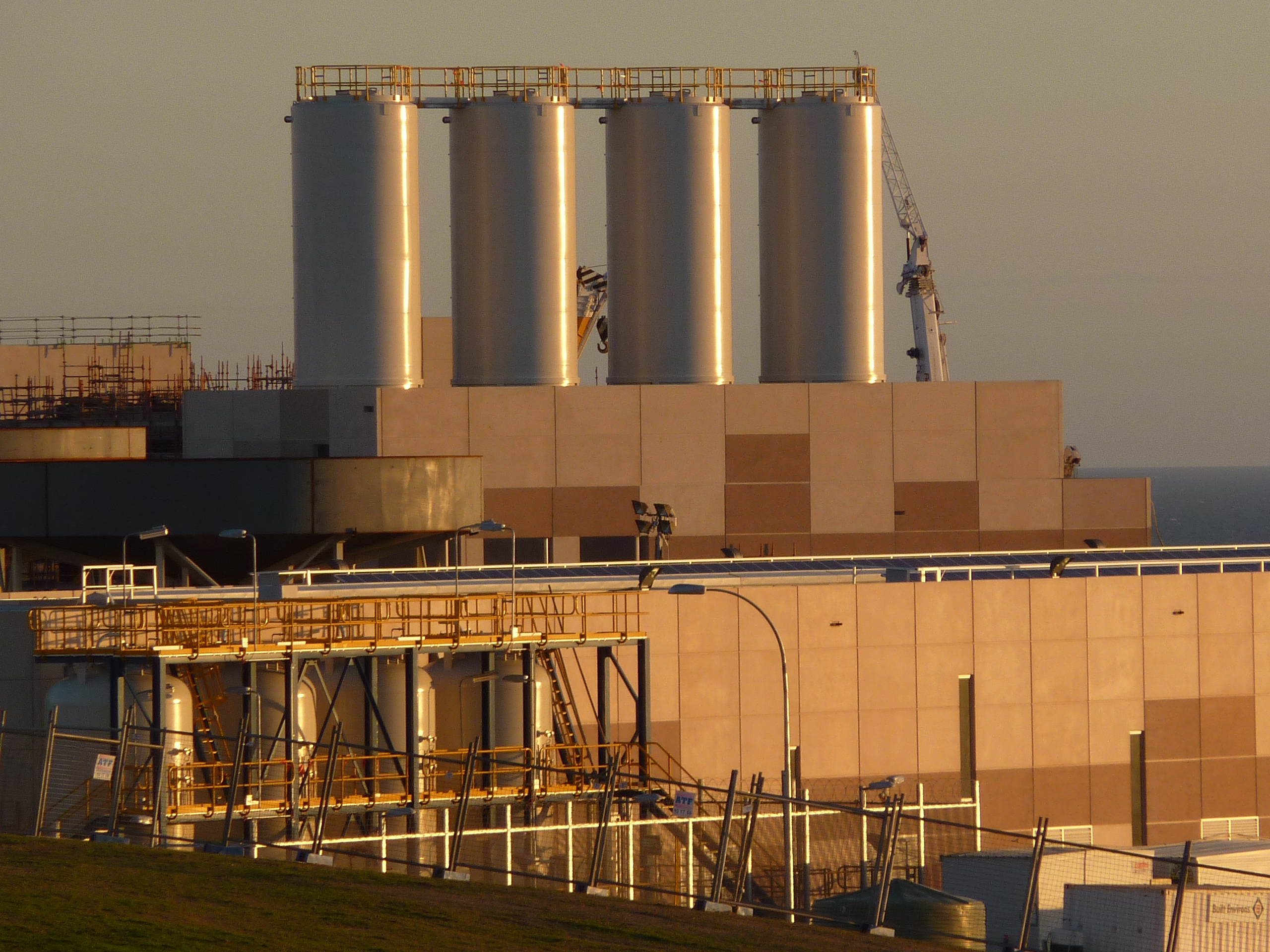
As traditional water supplies shrink, some regions are turning to new technologies like desalination—removing salt from seawater. Countries like Saudi Arabia, Israel, and Australia have built massive desalination plants to meet growing demand. While expensive and energy-intensive, desalination can provide a lifeline during severe droughts. Other areas recycle wastewater or capture rainwater for reuse. These solutions are not silver bullets, but they expand the toolbox for coping with water scarcity. The future of water might look very different from the past.
The Human Toll: Health and Social Impacts
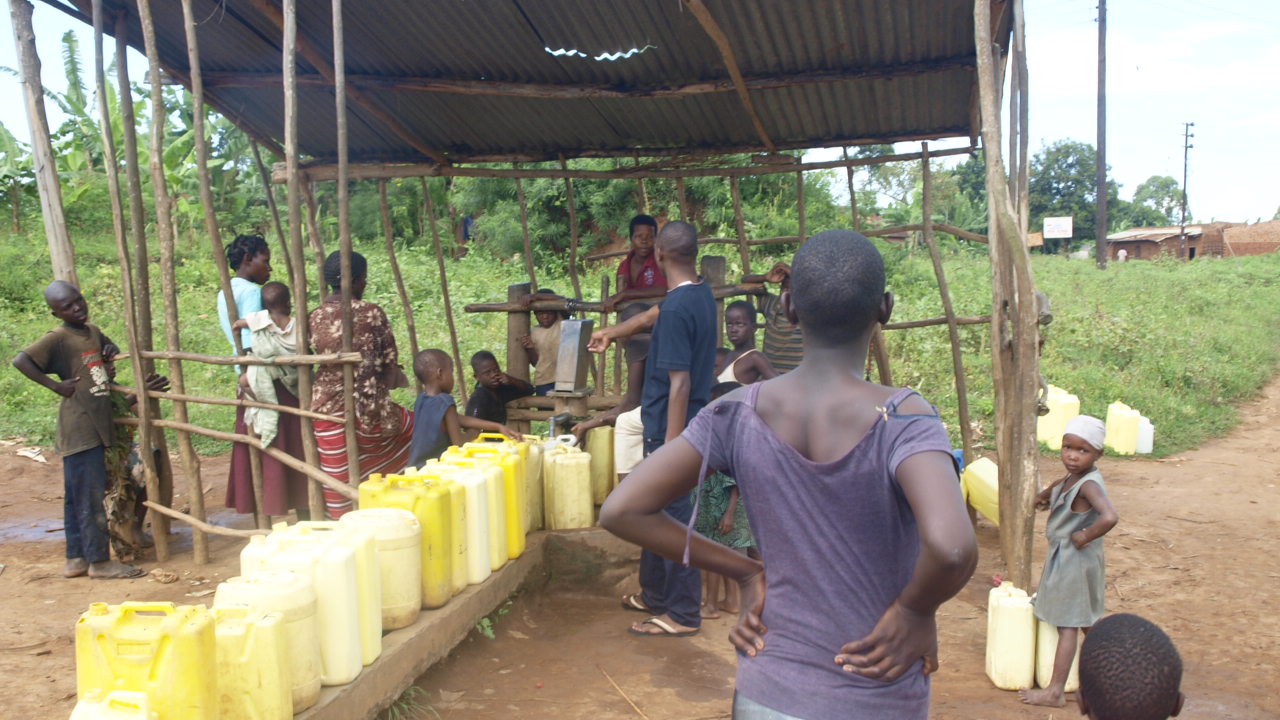
When water runs short, it’s not just crops and rivers that suffer—people do, too. Prolonged droughts can cause malnutrition, disease outbreaks, and forced migrations. In some cases, competition for water leads to conflict between farmers, cities, and even countries. Women and children, especially in developing regions, often bear the brunt, walking miles each day to fetch water. The emotional toll—stress, anxiety, and loss—can be just as real as the physical hardships. Drought and groundwater loss are not just environmental issues; they’re deeply human stories.
Success Stories: Where Hope Springs Eternal
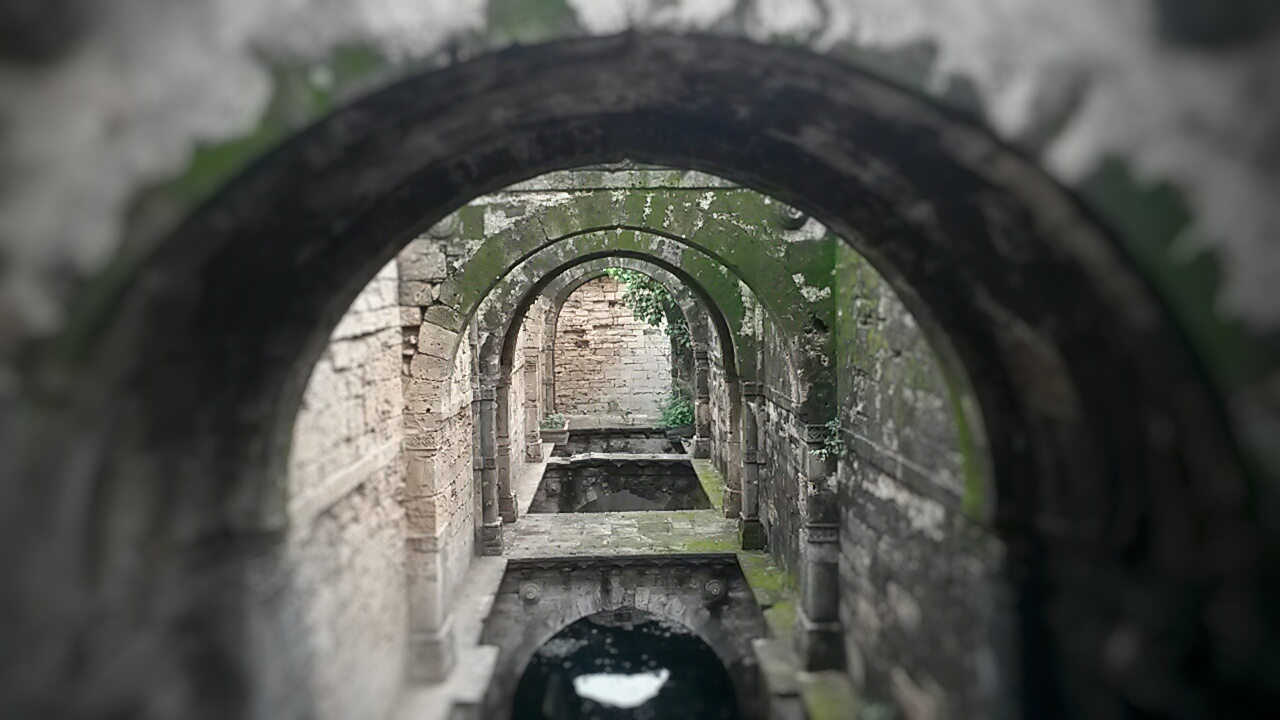
Despite the challenges, there are inspiring examples of communities turning the tide. In Gujarat, India, local villagers revived ancient stepwells and built check dams, boosting groundwater levels and transforming dry fields into lush farms. In California’s Pajaro Valley, farmers and scientists teamed up to recharge aquifers with winter stormwater, blending cutting-edge science with old-fashioned cooperation. These stories show that with determination, creativity, and collaboration, it’s possible to restore balance and bring water back to thirsty lands.
The Road Ahead: Facing the Future Together
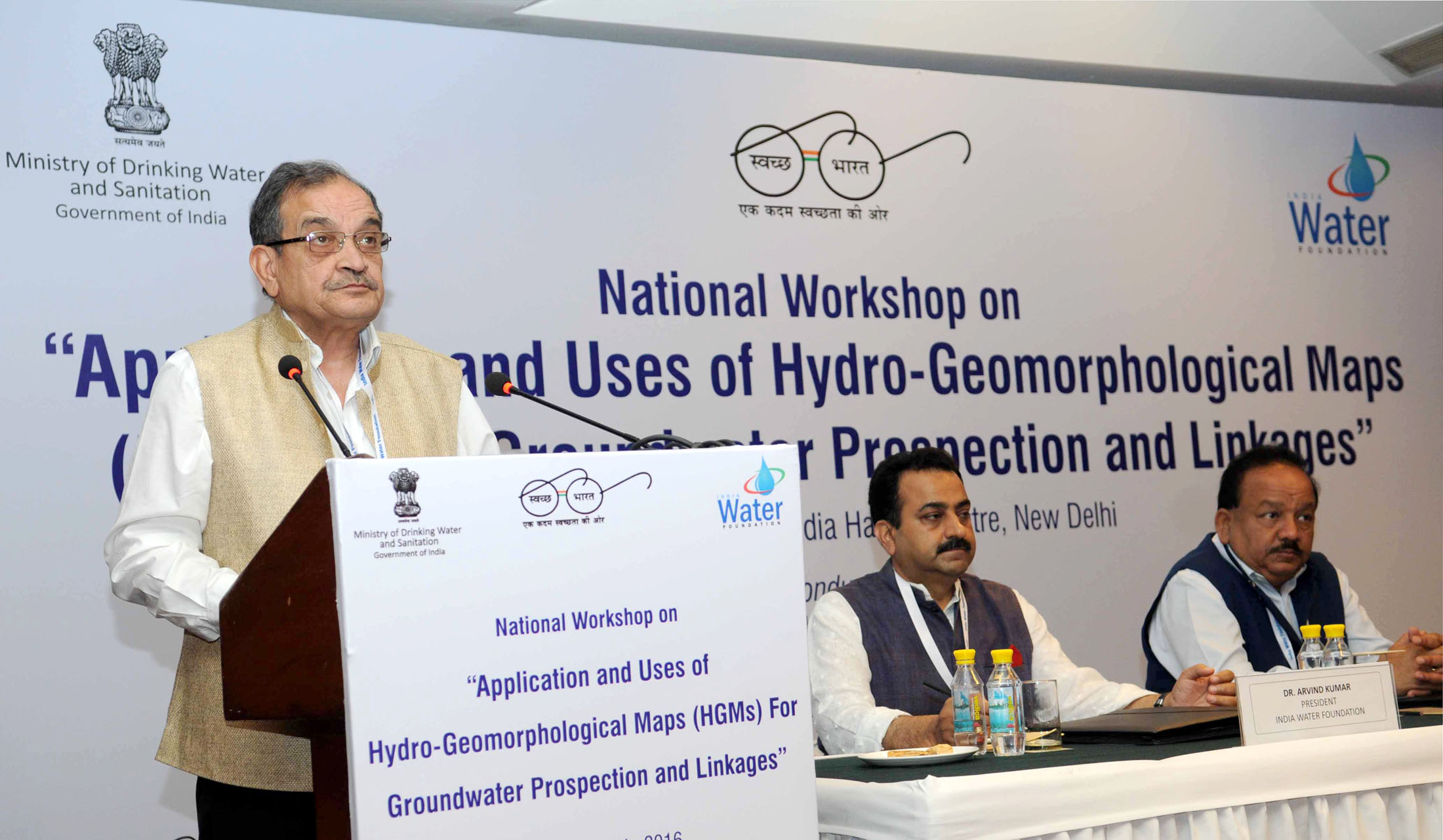
The science behind droughts and groundwater loss is sobering, but it’s also a call to action. We stand at a crossroads, with the power to change course. Every drop we save, every policy we strengthen, and every innovation we try brings us closer to a future where water is secure for everyone. The challenge is enormous, but so is our capacity for ingenuity and resilience. Will we rise to meet it?
.png)